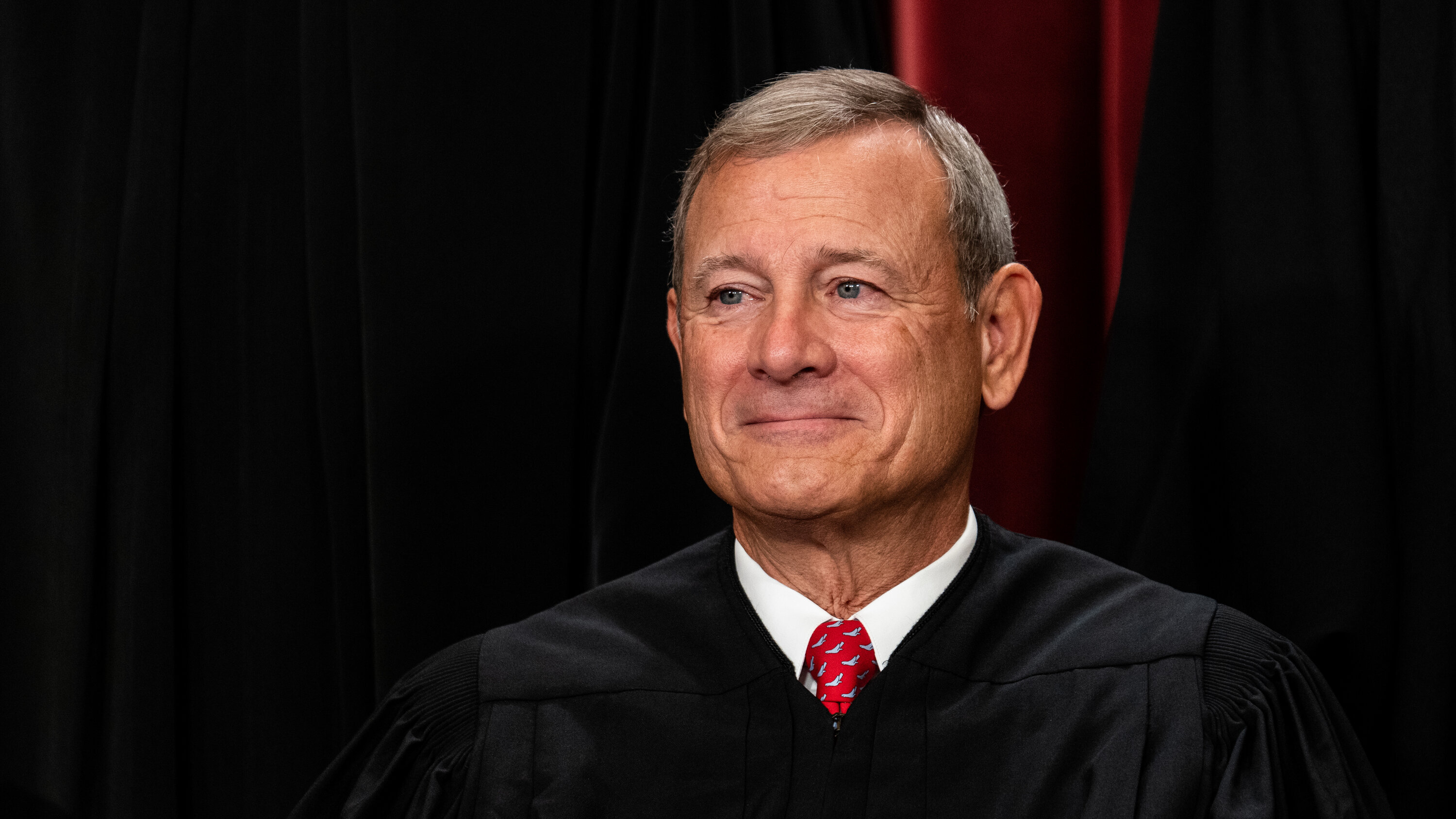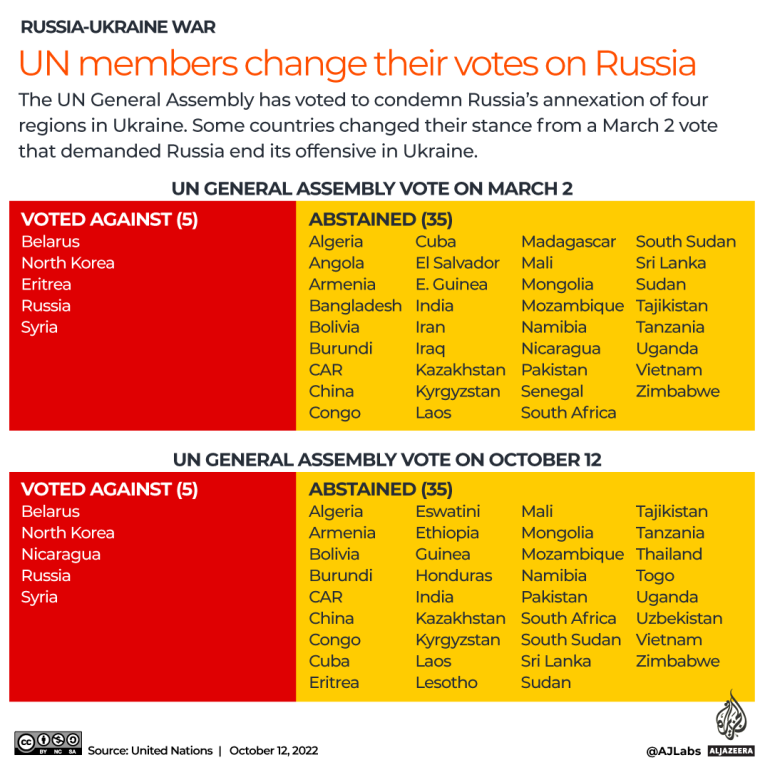John Roberts's Supreme Court Decisions: A Threat To Church-State Separation?

Table of Contents
Roberts's Approach to Religious Freedom Cases
Chief Justice Roberts's approach to religious freedom cases often emphasizes individual liberties, sometimes at the expense of strict interpretations of the Establishment Clause. This approach prioritizes the free exercise of religion as guaranteed by the First Amendment, leading to interpretations that some see as expanding religious exemptions and potentially blurring the lines of church-state separation.
Key Cases Demonstrating a Broad Interpretation of Religious Freedom
Several cases illustrate Roberts's tendency towards broader interpretations of religious freedom:
-
Burwell v. Hobby Lobby Stores, Inc. (2014): This case involved the Affordable Care Act's contraception mandate. The majority, including Roberts, ruled that closely held for-profit corporations could claim religious exemptions, sparking intense debate about the extent of religious freedom protections for businesses. Dissenting justices argued this decision significantly weakened the Establishment Clause. The long-term implication is a broader application of religious exemptions to federal regulations.
-
Masterpiece Cakeshop, Ltd. v. Colorado Civil Rights Commission (2018): This case centered on a baker's refusal to create a wedding cake for a same-sex couple based on religious objections. While the decision was narrow, focusing on the Colorado Civil Rights Commission's conduct, it signaled a potential willingness to accommodate religious objections in the context of public accommodations. Critics argued this decision opened the door for discrimination. Future cases will test the limits of this ruling.
-
Carson v. Makin (2022): This case involved the use of public funds for religious schools in Maine. The Supreme Court ruled that excluding religious schools from a state tuition program violated the Free Exercise Clause. Critics argue this decision undermines the Establishment Clause by potentially directing public funds towards religious institutions.
Concerns Regarding the Erosion of the Establishment Clause
Legal scholars and critics have expressed concerns that Roberts's approach weakens the Establishment Clause, which prohibits government endorsement of religion.
- Many argue that decisions like Burwell v. Hobby Lobby and Carson v. Makin prioritize religious freedom claims above the need to maintain a strict separation of church and state.
- The lack of robust protections for the Establishment Clause in these rulings is seen as setting a precedent that could lead to increased government entanglement with religion.
- Counterarguments suggest that Roberts's decisions uphold a balanced approach, protecting both religious freedom and the separation of church and state, albeit within a more nuanced framework.
The Role of Roberts in Cases Involving School Prayer and Religious Displays
Cases concerning school prayer and religious displays on public property further illuminate Roberts's approach to church-state separation. His decisions in these areas have generated considerable controversy.
Analysis of Decisions Related to School Prayer
Roberts's involvement in cases concerning school prayer has been relatively limited compared to other areas of religious freedom litigation. However, his broader approach to religious freedom suggests a potential for future interpretations impacting school prayer policies.
- While there haven't been major school prayer cases directly decided under his leadership, his stance on religious freedom could lead to increased legal challenges regarding mandatory prayer or religiously-affiliated school activities.
- The current legal landscape suggests that overtly school-sponsored prayer remains unconstitutional, but the line between private religious expression and school-endorsed activities continues to be debated.
Examination of Cases Concerning Religious Displays on Public Property
Cases involving religious displays on public property have seen more direct involvement from Roberts. The court's approach to these cases often involves balancing free speech rights with the Establishment Clause.
- Cases involving nativity scenes or Ten Commandments displays on public land have often been decided on a case-by-case basis, considering factors like the historical context, the surrounding environment, and the intent behind the display.
- Roberts’s votes in these cases reveal a pragmatic approach, often favoring a contextual analysis over a rigid application of the Establishment Clause. Critics argue this makes the Establishment Clause less predictable and more vulnerable to inconsistent application.
The Impact of Roberts's Decisions on the Future of Church-State Separation
Roberts's decisions have significant implications for the future of church-state relations in the United States.
Potential Future Legal Challenges and Debates
The future likely holds more legal challenges regarding religious exemptions, school choice programs, and the display of religious symbols on public property.
- We can expect more cases exploring the limits of religious exemptions in areas like healthcare, education, and employment.
- Legal strategies focusing on strengthening the Establishment Clause will likely be employed to counter the expansion of religious exemptions.
- The long-term implications for religious freedom and the Establishment Clause remain uncertain and will heavily depend on future Supreme Court appointments and interpretations.
Assessing the Legacy of John Roberts on Church-State Relations
Chief Justice Roberts's legacy on church-state separation is complex and contested.
- While he has consistently emphasized religious freedom, his approach has raised concerns among those who believe a strict separation of church and state is essential.
- His pragmatic, case-by-case approach leaves room for future interpretations that could either strengthen or weaken the Establishment Clause.
- The future direction of Supreme Court jurisprudence on church-state issues will depend heavily on the composition of the court and the specific challenges it faces.
Conclusion: Chief Justice John Roberts's tenure has undeniably left an imprint on the ongoing dialogue surrounding the separation of church and state. His decisions, while often upholding religious freedom, have also raised significant questions about the potential erosion of the Establishment Clause. This article has explored key cases, highlighting the complexities and competing interests involved. Understanding John Roberts's approach to church-state separation is crucial for informed civic engagement. Further research and ongoing public discussion are essential to navigating this complex legal and societal issue. Continue to explore the implications of John Roberts's Supreme Court decisions on the separation of church and state to ensure a well-informed understanding of this vital constitutional principle.

Featured Posts
-
 Selena Gomezs 80s Inspired High Waisted Suit Style Inspiration
May 02, 2025
Selena Gomezs 80s Inspired High Waisted Suit Style Inspiration
May 02, 2025 -
 Exclusive Details The U S Armys Ambitious Drone Program Expansion
May 02, 2025
Exclusive Details The U S Armys Ambitious Drone Program Expansion
May 02, 2025 -
 Analysis Of Duponts 11th Conduct France Dominates Italy
May 02, 2025
Analysis Of Duponts 11th Conduct France Dominates Italy
May 02, 2025 -
 Dalys Late Show Steals Victory For England Against France In Six Nations Thriller
May 02, 2025
Dalys Late Show Steals Victory For England Against France In Six Nations Thriller
May 02, 2025 -
 Switzerlands Strong Stance President Condemns Russias Actions In Ukraine
May 02, 2025
Switzerlands Strong Stance President Condemns Russias Actions In Ukraine
May 02, 2025
Latest Posts
-
 Mn Hm Akthr Laeby Krt Alqdm Mkrwht Qaymt Mwqe Bkra Lakthr 30 Shkhsyt
May 03, 2025
Mn Hm Akthr Laeby Krt Alqdm Mkrwht Qaymt Mwqe Bkra Lakthr 30 Shkhsyt
May 03, 2025 -
 Shkhsyat Krwyt Mthyrt Lljdl 30 Asma Fy Qaymt Mwqe Bkra
May 03, 2025
Shkhsyat Krwyt Mthyrt Lljdl 30 Asma Fy Qaymt Mwqe Bkra
May 03, 2025 -
 Mwqe Bkra Ykshf 30 Shkhsyt Ryadyt Mkrwht Mn Qbl Aljmahyr
May 03, 2025
Mwqe Bkra Ykshf 30 Shkhsyt Ryadyt Mkrwht Mn Qbl Aljmahyr
May 03, 2025 -
 The Costly Error Souness On Arsenals Title Failure
May 03, 2025
The Costly Error Souness On Arsenals Title Failure
May 03, 2025 -
 Aedae Aljmahyr Qaymt B 30 Shkhsyt Krt Qdm Mthyrt Lljdl Fy Mwqe Bkra
May 03, 2025
Aedae Aljmahyr Qaymt B 30 Shkhsyt Krt Qdm Mthyrt Lljdl Fy Mwqe Bkra
May 03, 2025
